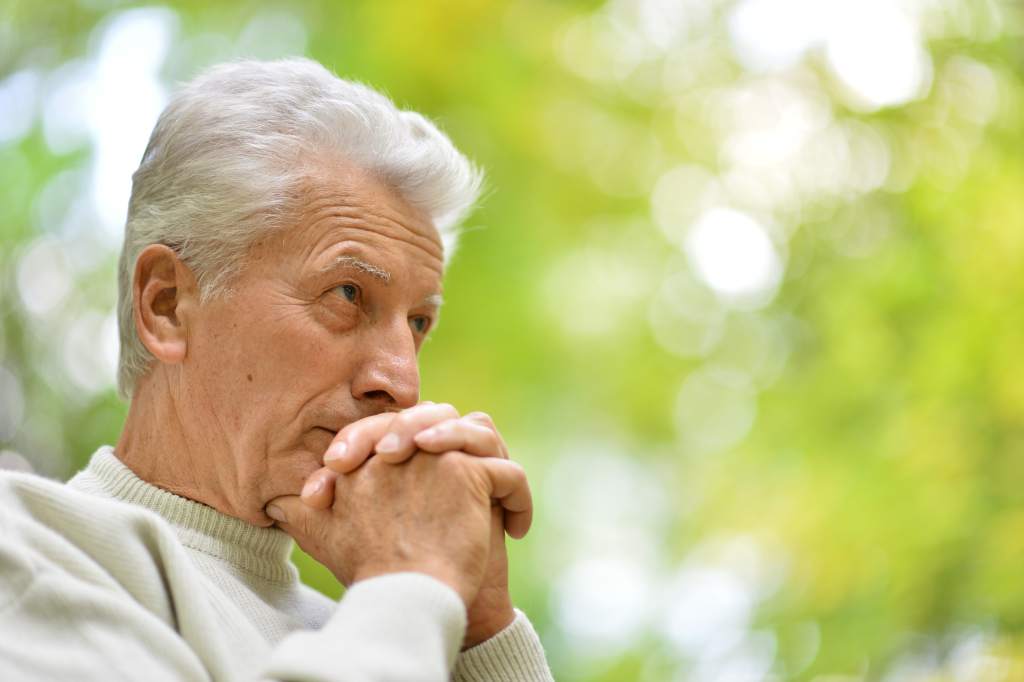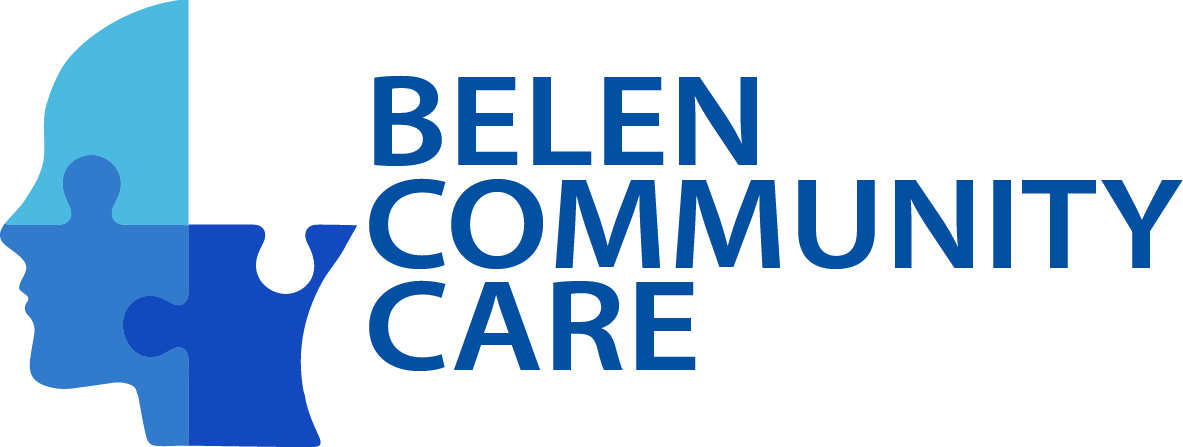
It is a natural phenomenon in the life of a human being. Who has not felt anxious at some time in their life? Maybe before an exam at school, a romantic date, a job interview or having a sick loved one. Anxiety, characterized by restlessness, insomnia and muscular tension, is an almost universal phenomenon in the human being.
But when these symptoms are constant and occur even after the cause of the anxiety has been solved, altering the daily routines and the quality of life of the person, it is said that the so-called anxiety disorder has occurred.

The most frequent symptoms of anxiety are the feeling of uneasiness and that something imminent is going to happen, of feeling threatened, vulnerable and unable to control the situation that is going to occur. Because the person may also experience shortness of breath, chest pain, headache or numbness of hands and feet (common symptoms of other diseases of the elderly), anxiety is often difficult to recognize.
The conditions that most predispose an elderly person to present this problem are: being a woman, having physical and emotional fragility, suffering from some type of chronic disease, having lost social support, having gone through a recent trauma, using multiple medicines, to live alone, to have less formal education, to think that one has bad health, to have physical limitations that hinder daily activities, to have suffered adverse events in childhood and to have experienced stressful life events.
Leave a reply











It says here numbness of hand and feet are also a sign of anxiety. My brother has been having these symptoms lately after his car accident. I’m glad you mentioned that this is a normal phenomenon in life. I will help him find a counseling service to help him.
Reply